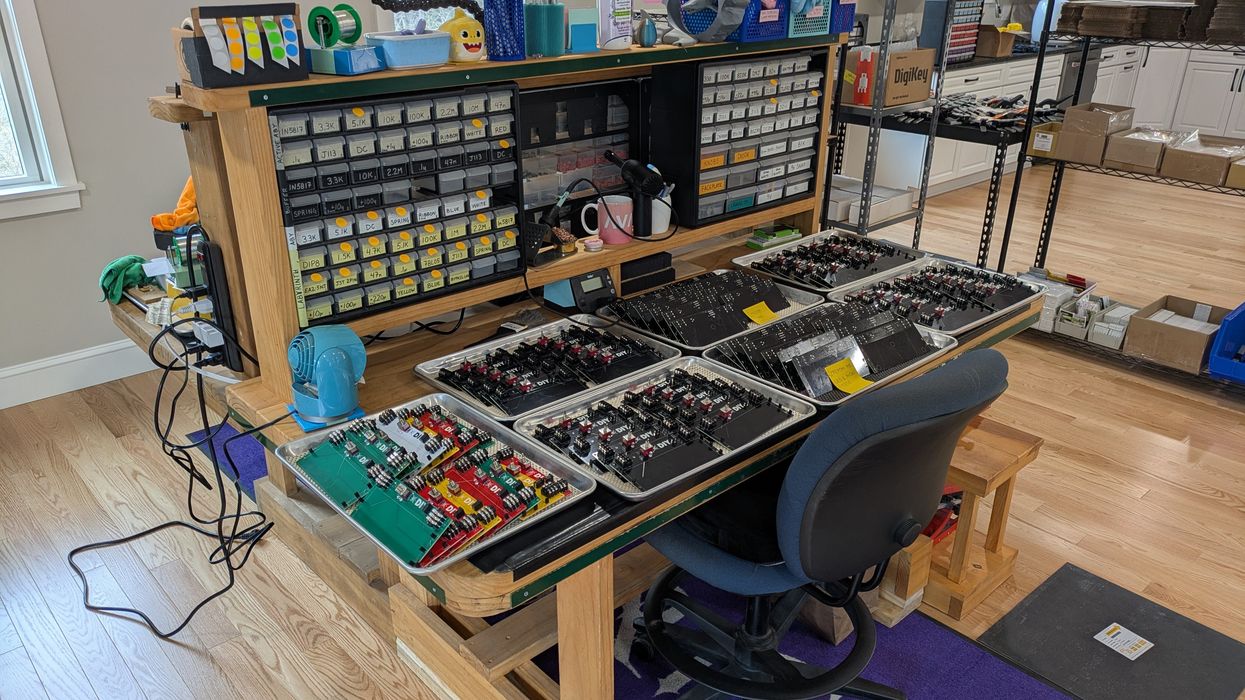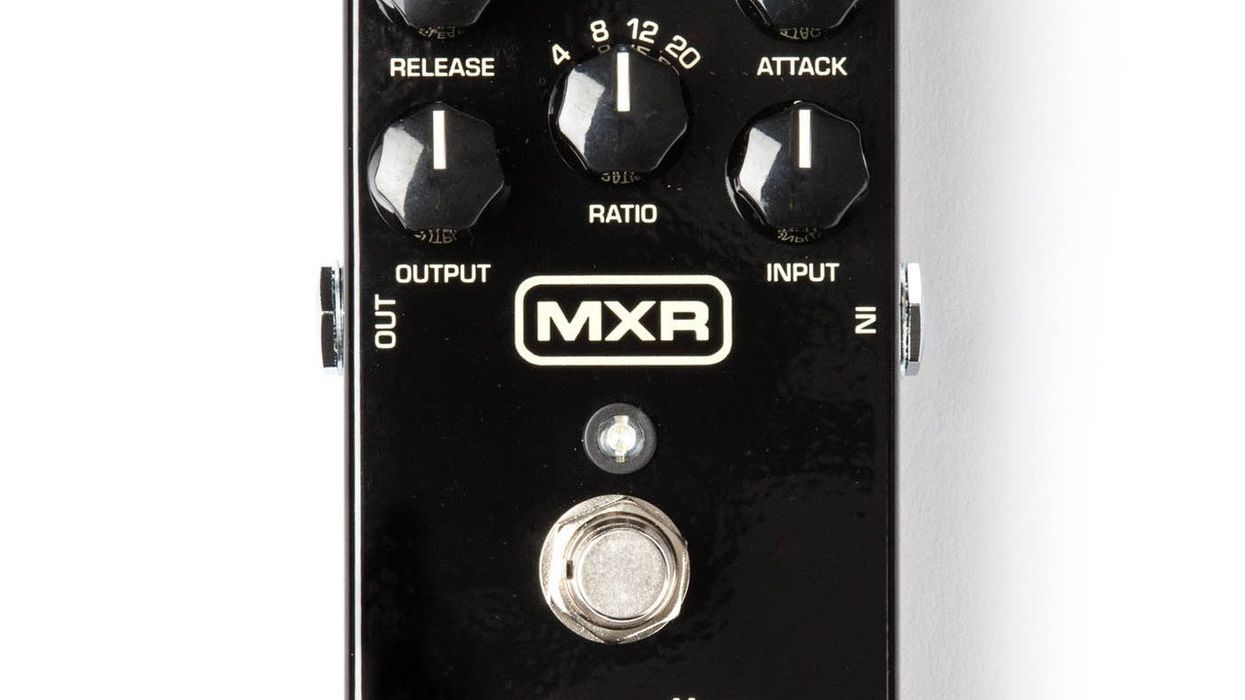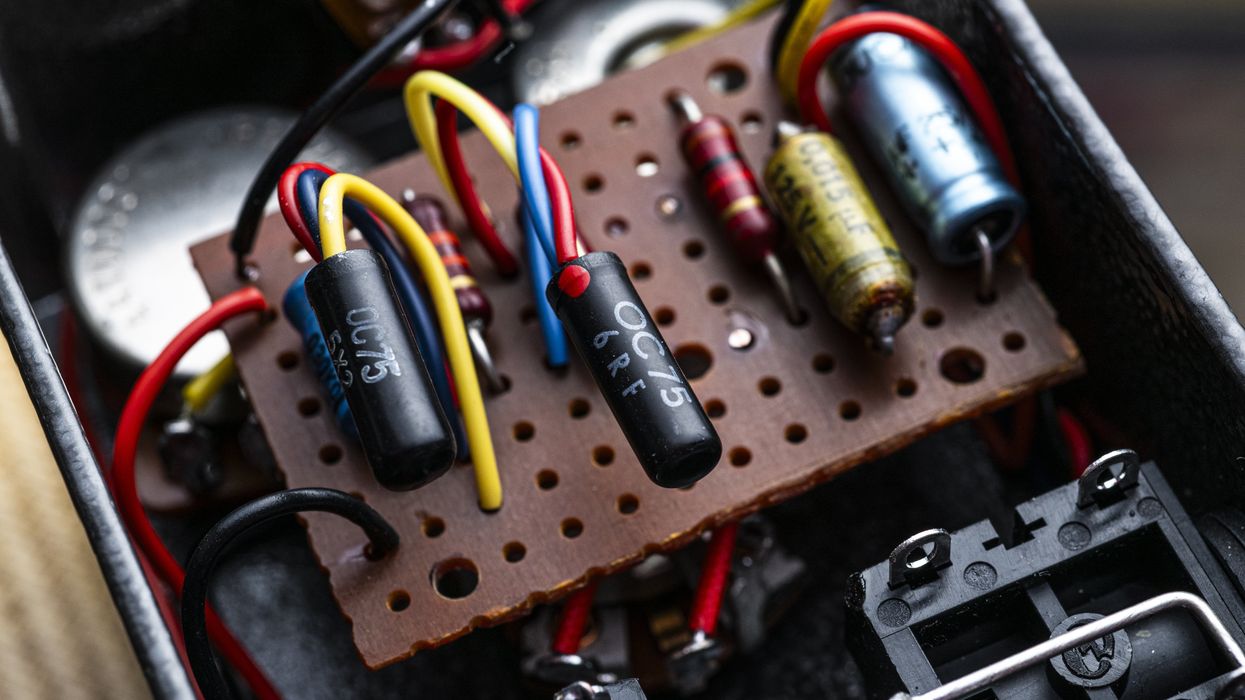A well-organized pedalboard may be just as crucial to a guitar player’s setup as the guitar itself. Even the most seasoned professional can be completely sabotaged by a malfunctioning or poorly performing pedalboard setup. Things like layout and logistics may seem trivial until that boost pedal is just far enough out of reach to cause your crunchy, soaring solo to be decidedly quiet and squeaky-clean.
The process of designing and arranging a pedalboard can go far beyond simply placing pedals in a straight line and patching them together from junk-drawer cables; from conception to completion, a pedalboard setup rewards careful planning.
Before diving into the physical setup of your pedalboard, start by assessing your current collection of pedals and any potential additions. Start with the bare minimum of devices needed for your current repertoire, whether they be for a gig or at-home play. What types of effects do you need to cover the style of music you’re looking to perform? You’ll likely want to cover the basics of tuning, overdrive, distortion, boost, and delay, but you may need specific devices to cover unique parts in cover songs or personal compositions. A certain modulation for this bridge, a certain reverb for that intro. While it is impossible to completely future-proof your rig, you can make sure that you attempt to account for changing needs.
Next, you’ll need a platform suitable for holding the pedals you’ve chosen. Companies like Pedaltrain and Creation Music Company have a selection of pedalboards in various sizes. These can include bags or cases to fit. There are custom-sized pedalboard options available, but they and the associated cases/bags usually cost more due to their bespoke nature. Consider your needs when selecting a bag or case to protect your pedalboard. If you seldom leave the house, you might just need a well-made gig bag. These can even be sufficient for semi-professional playing, so long as you or a trusted ally are carrying it and responsibly packing it away. If you need something more durable, cases like those from Pedaltrain are sufficient for many touring arrangements. Bear in mind, they are lightweight in construction with a minimal amount of lateral padding. For heavy touring, a real ATA-style case will be required. Their stalwart construction and thicker internal padding will stand up to long-term touring abuse.
“Even the most seasoned professional can be completely sabotaged by a malfunctioning or poorly performing pedalboard setup.”
Pedalboard planning and design can be frustratingly iterative. As a result, you may begin with picking all the pedals you’d love to have, but then the board you’ve picked won’t quite fit everything. If so, you might go back a step, adjust the pedal choices, and start to move forward again. Similarly, power requirements can push and pull on your pedal selections. Pedals require consistent power at specific voltages and amperages to function correctly. If a supply does not have the necessary power ports, you may have to eliminate a certain pedal or change the power supply scheme altogether. Furthermore, the supply may or may not fit under the pedal mounting surface of the pedalboard type you’ve selected. Again, this may cause an adjustment to previous decisions that must be propagated.
Cabling carries your signal between your pedals and out to your amp, so you’ll want to make sure you have something of sufficient quality. Solderless cable systems allow you to make custom length cables, but may not be as long-lasting as soldered cables. Soldered cables can be a DIY affair if you have the inclination and time to develop enough expertise. In lieu of that, companies like BTPA and Goodwood Audio can make excellent soldered cables in custom lengths.
Another key thing to keep in mind is that signal order doesn’t necessarily dictate the physical location of your pedals. I recommend arranging your pedals based on frequency of use. Pedals you use most often should be positioned where they are easily accessible during performance. If you are right-footed, this may mean low and to the right. Pedals used less frequently can be placed further away or in less convenient spots. Pedals used in fast-breaking, small sections of songs may not be needed frequently, but must be available quickly when needed. Ensure that you can comfortably reach and engage each pedal as you play the required material.
A well-thought-out pedalboard layout and implementation can significantly enhance your performance and playing experience. Like practice and rehearsal, it may not be the most glamorous bit of guitar rudiments, but with the right approach, your pedalboard can become a powerful tool that complements your musical journey.
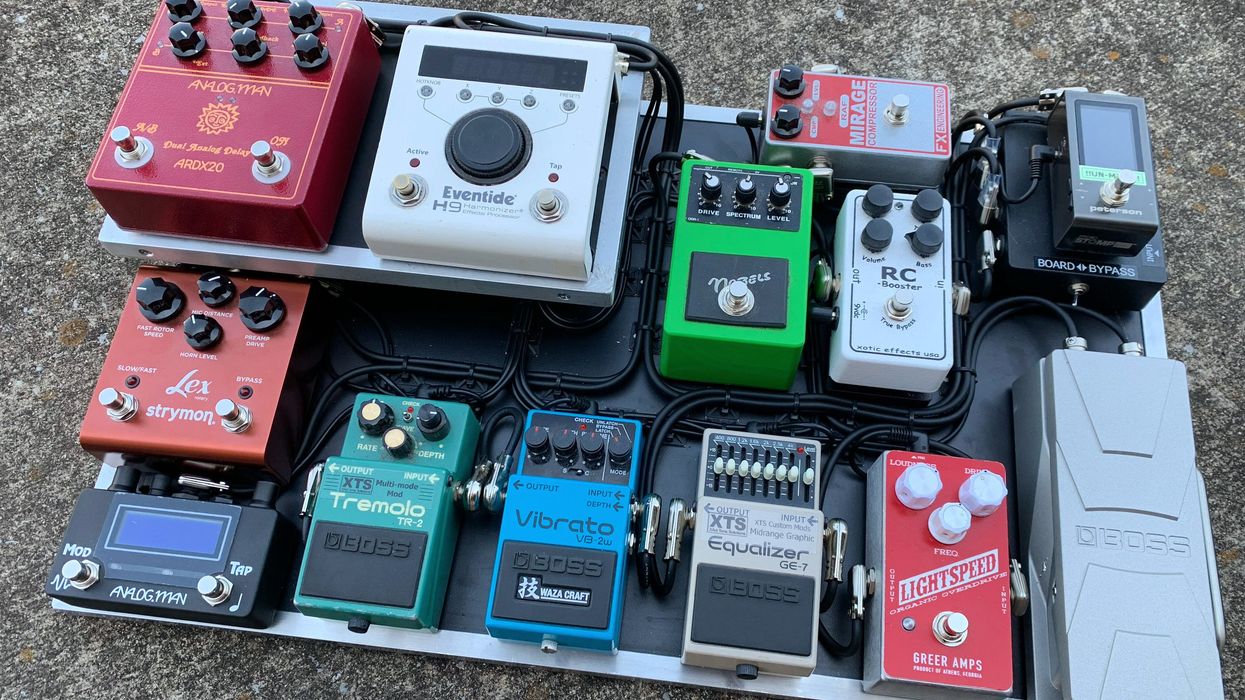

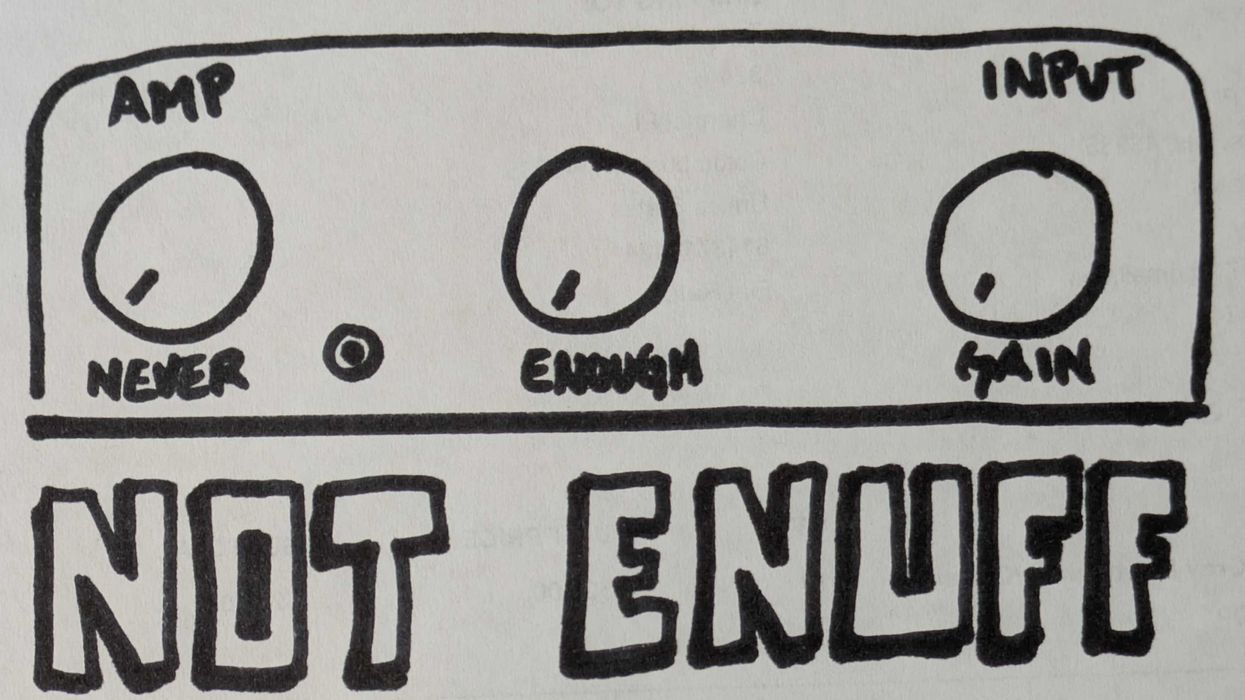
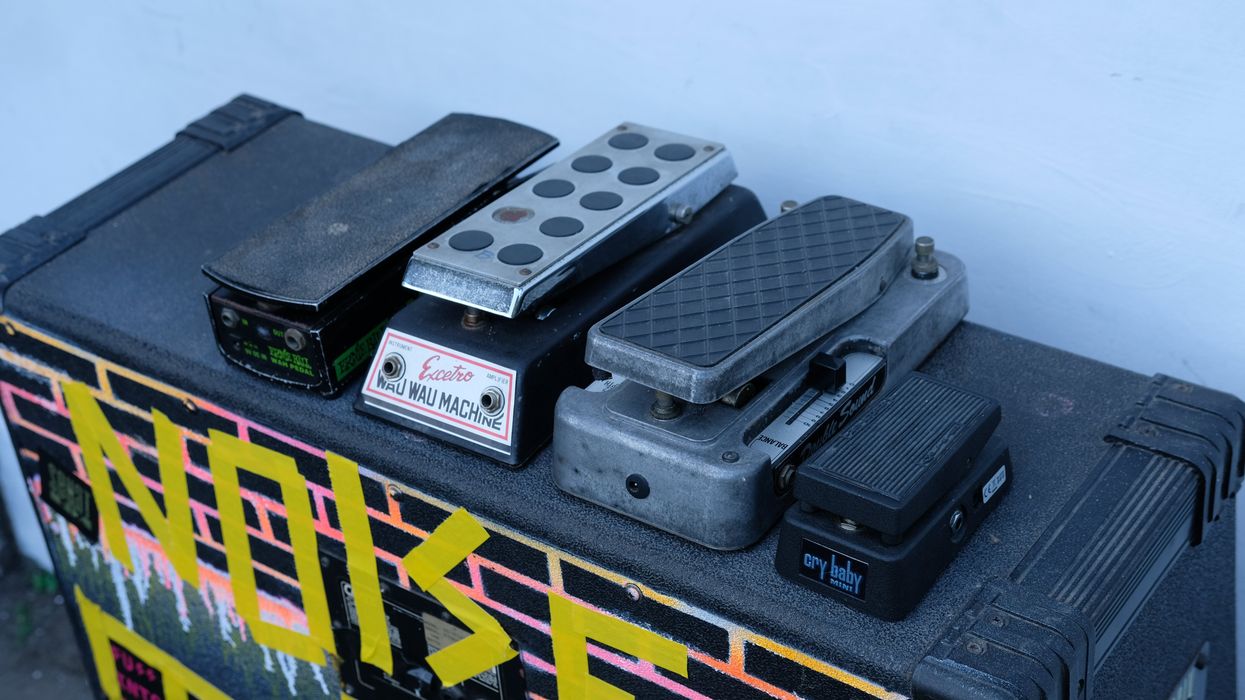
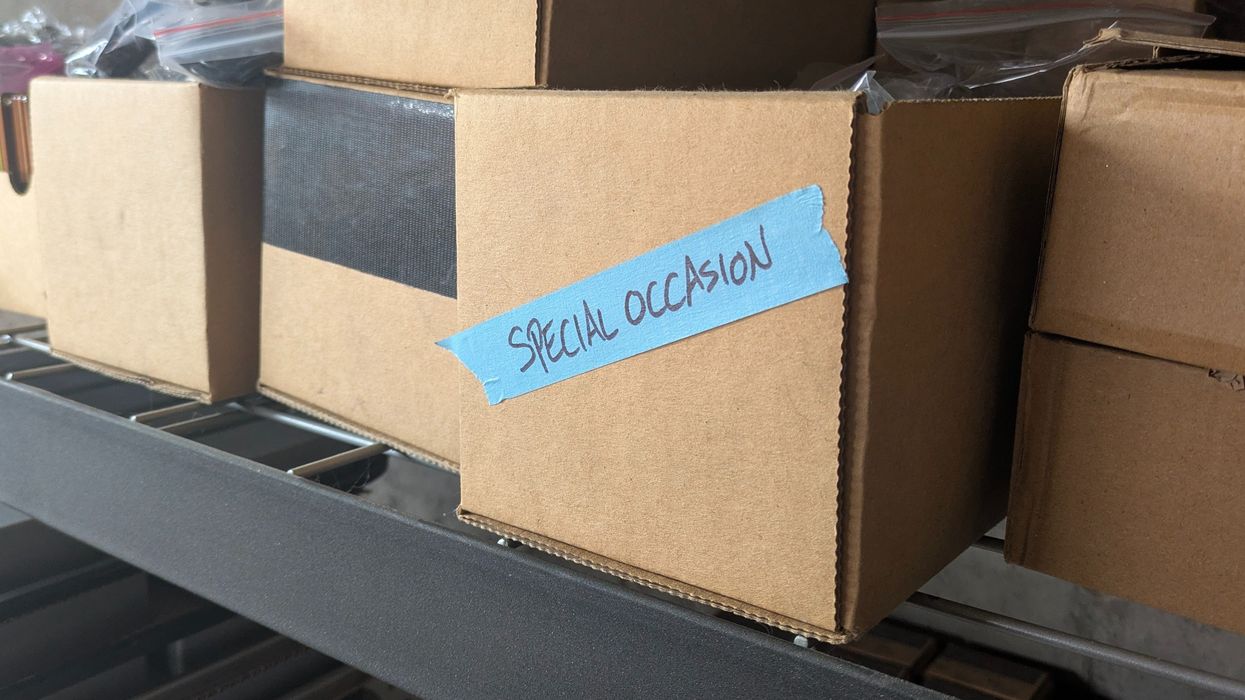
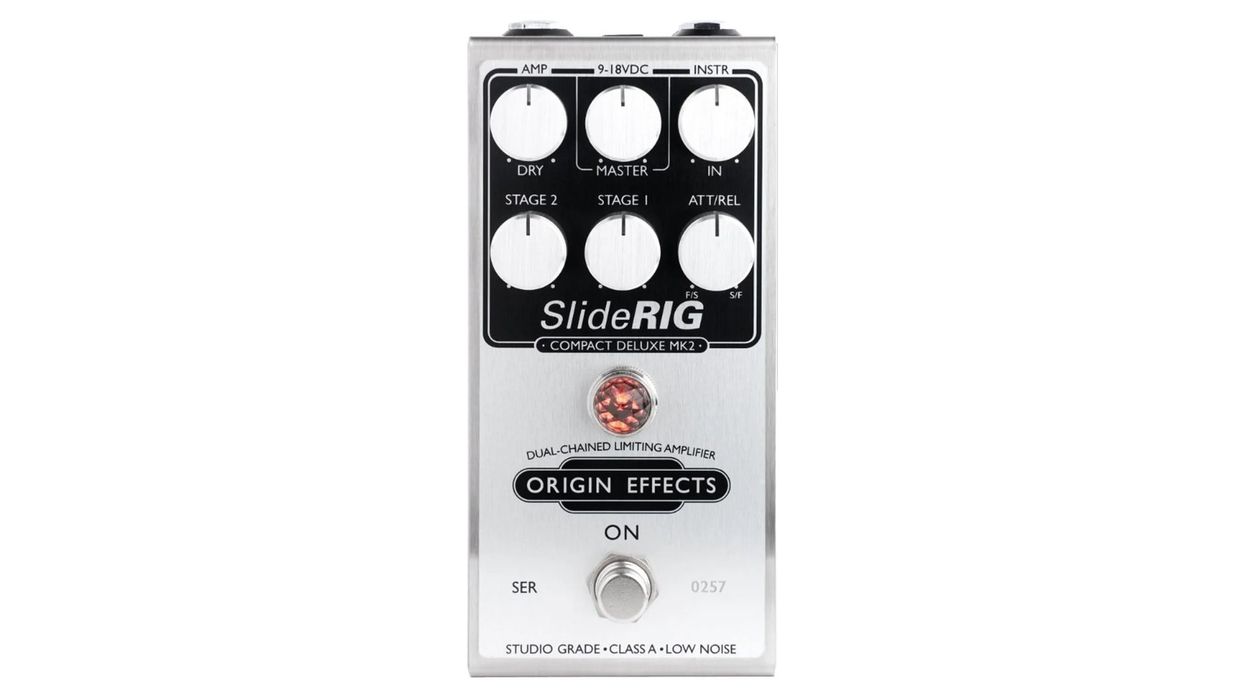


![Devon Eisenbarger [Katy Perry] Rig Rundown](https://www.premierguitar.com/media-library/youtube.jpg?id=61774583&width=1245&height=700&quality=70&coordinates=0%2C0%2C0%2C0)



